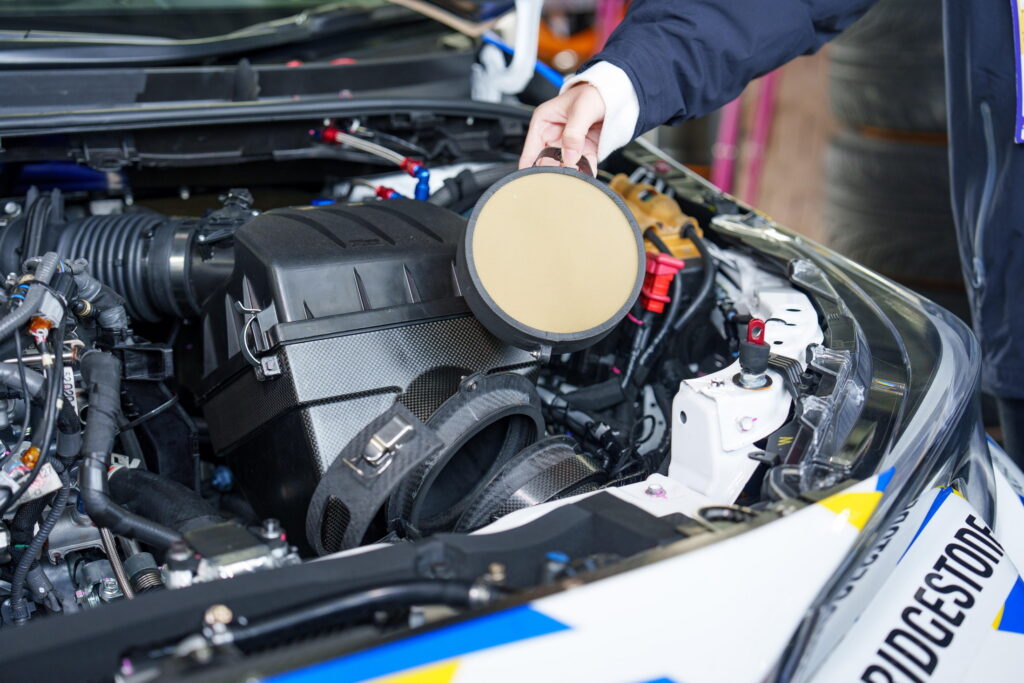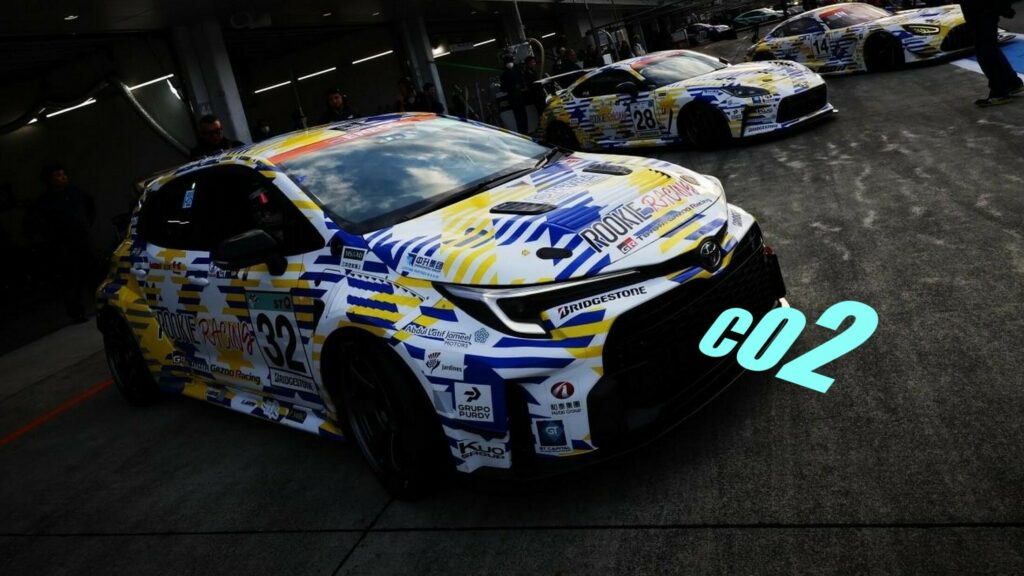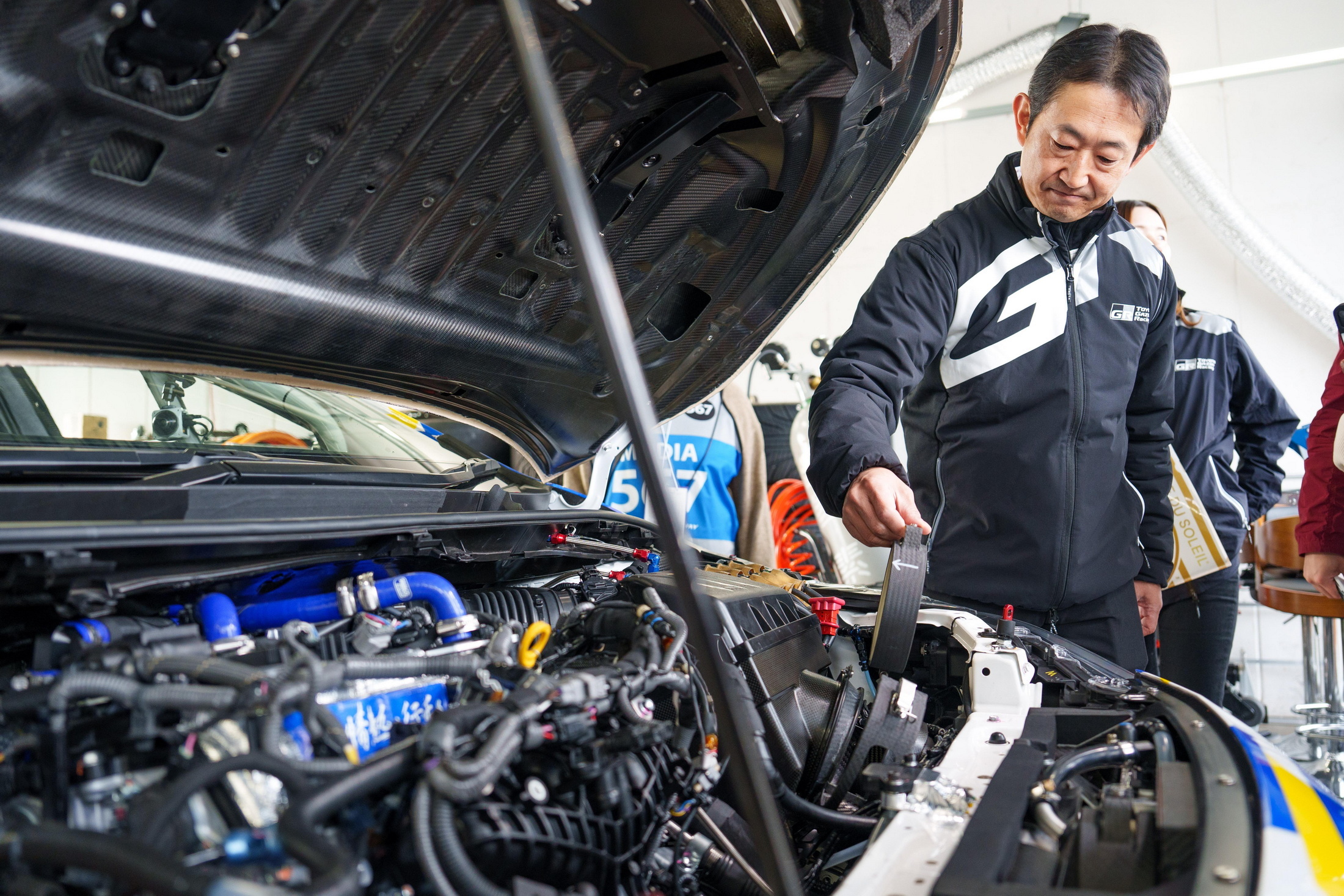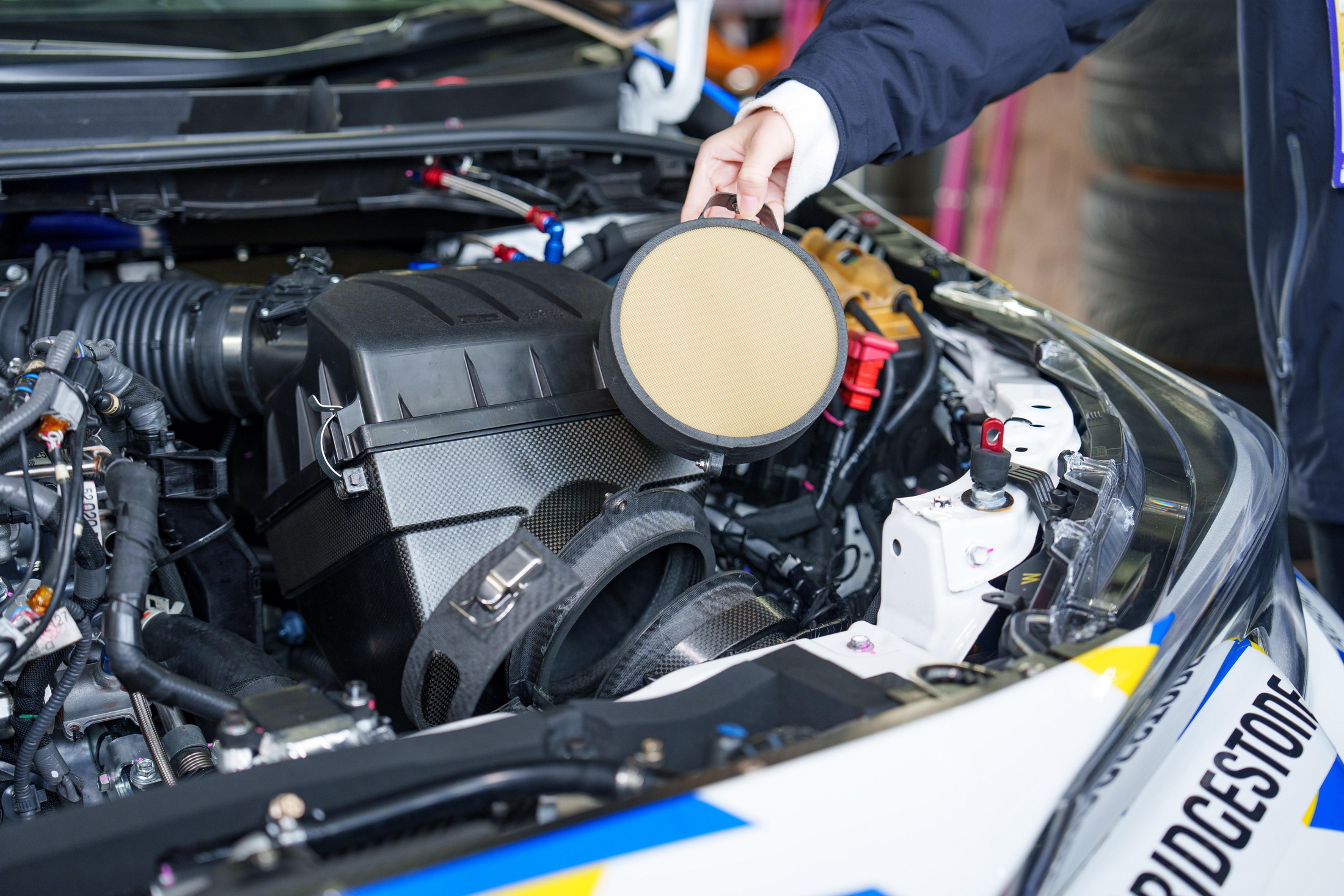While Toyota has been cautious about fully transitioning to an all-electric lineup, a stance supported by some analysts, the company is actively pursuing alternative green technologies. One concept in development not only aims to enhance the eco-friendliness of its new vehicles but also tackle the environmental aftermath of outdated internal combustion engines.
Toyota is developing filters that could be integrated into the front of its vehicles to suck carbon dioxide from the atmosphere. The company is currently experimenting with this concept on its hydrogen combustion GR Corolla racecar. According to Toyota, initial tests suggest that this innovation could potentially render its cars carbon negative rather than merely carbon neutral.
The technology is clever in that it doesn’t require any additional power to work. Circular filters at the front of the car capture carbon dioxide, then waste heat from the engine is used to dissolve it into a liquid that can be disposed of. That means that this technology could also work in regular combustion engines, not just those who run on hydrogen.
Read: Toyota Turns Garbage Into Electricity, Makes Battery Recycling Cleaner Too

In Toyota’s vision, that would create a vehicle that actually cleans the air as it is being driven. Unfortunately, the technology is still a long way off. In its test, the filters only captured 20 grams of carbon dioxide in 20 laps of running (57 miles/91 km). That’s better than nothing, but engines running on fossil fuels emit 8,887 grams of carbon dioxide per gallon they consume, on average.
Bigger filters could suck up more carbon dioxide, but they would likely be difficult to package in passenger vehicles. However, deploying them in commercial vehicles, such as Hino trucks, could facilitate the advancement of this technology.
What’s more problematic is that there is still debate about how to safely deal with the liquid that contains the CO2. Furthermore, the technology is currently pretty inconvenient. In the GR Corolla Toyota used to test it, the filters needed to be changed manually during every pit stop, leading to questions about waste, among other things.
Yet, if Toyota can successfully develop the technology to passively suck CO2 from the air while drivers operate their vehicles, it could become a highly valuable innovation. However, its development comes as the company is attempting to rehabilitate its green image, following reports that it contributed to the campaigns of climate change denying politicians in the U.S.








